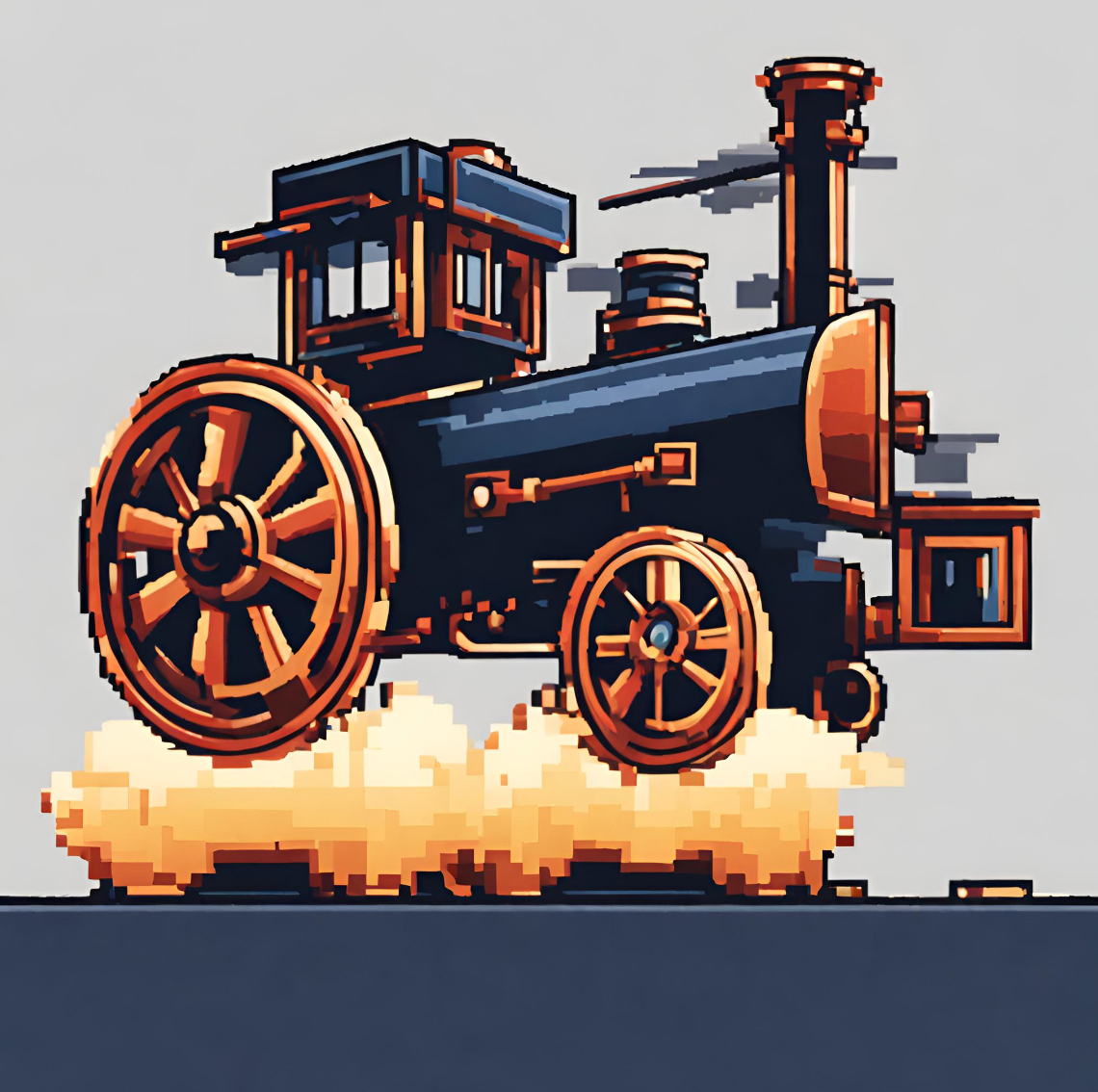169 reads
Quantum Critical Engine at Finite Temperatures: Abstract and Introduction
by
September 18th, 2024
Audio Presented by

Powering industry's rise, transforming the world's gears, steam-driven progress takes flight.
Story's Credibility

About Author
Powering industry's rise, transforming the world's gears, steam-driven progress takes flight.